Travel tips for opera lovers – Milan and Giuseppe Verdi
Verdi in Milan
The series about historical places of opera art. Get to know exciting excursion and travel ideas for opera lovers. This time: Verdi in Milan
All Destinations on google maps with links to detailed Blogposts:
Verdi in Milan
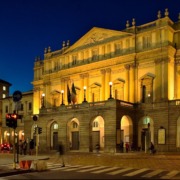
Throughout his life, La Scala in Milan was Verdi’s most important artistic reference point. The premiere of his first opera (Oberto) took place in this theater in 1839, and 54 years later also that of his last opera (Falstaff). In addition, the offices of his lifelong publisher Ricordi were located in Milan.
His career really took off at this theater with the sensational success of “Nabucco” in 1843, whereupon the impresario Merelli offered Verdi a contract for a follow-up work. The contract was completely worked out, with only a gap in the compensation sum. Merelli, the impresario of La Scala, asked the composer to insert the sum he liked himself.
After his wife Giuseppina died in 1897, Verdi often spent his remaining time in his suite at the Albergo Milano (now the Gran Hotel), where he died in his room in 1901. Modestly, according to his wishes, his body was taken to the cemetery for burial in a III class carriage. It was not until three weeks later that his body was transferred to the crypt of the Casa di riposo with the enormous participation of the Milanese population, accompanied by the singing of the estimated 300,000 people along the route who spontaneously sang “Va pensiero”. His death suite at the Gran Hotel has been preserved to this day and can be booked.
LINK TO THE COMPLETE VERDI BIOGRAPHY
Destination Teatro alla Scala
Seven of Verdi’s operas were premiered at La Scala, but between the first performance of “Giovanna d’Arco” and “Otello” there was a gap of 42 years during which Verdi premiered in Venice, Rome, Naples, Cairo, Florence, Trieste and Paris. Often the reasons were of financial nature, but again and again the new works quickly found their way to La Scala, which remained Verdi’s artistic benchmark throughout his life. Verdi always attached great importance to audience success. His career really took off at this theater with the sensational success of “Nabucco” 1843, whereupon the impresario Merelli offered Verdi a contract for a follow-up work. The contract was completely worked out, with only a gap in the compensation sum. The Scala-Impresario Merelli asked the composer to insert the sum he liked himself.
Teatro alla scala:
https://www.teatroallascala.org/en/index.html
Destination Museo teatrale alla Scala
In the interesting theater museum next to La Scala you can find many exhibits such as costumes, paintings, etc. During the visit you can usually also enter boxes and take a look inside the theater hall. In the exhibition room 4 you can find a well-known portrait of Verdi by Scalese and the autograph of the famous chorus “Va pensiero” from “Nabucco”.
Verdi painted by Scalese:
https://www.museoscala.org/en/
Destination Casa di riposo (Casa Verdi)
In the last years of his life, Verdi initiated a generous deed. He bought a large area at the Piazza Buonarroti and had a rest home built there for impoverished, old musicians. He deliberately did not want to build a hospital-like nursing home, but a home for guests who were to live in 2-person rooms instead of dormitories. Since then, more than a thousand people have enjoyed this tastefully furnished boarding house, which, at Verdi’s request, was opened only after his death. He supervised the work meticulously and spoke “of his most beautiful work” (‘mia piu bella opera’). The garden with the crypt of Verdi and his wife Giuseppina is accessible by appointment at the reception, more (concert hall, Turkish room and many interesting memorabilia) depends on the events of the day.
Casa Verdi:
Gravesite:
Destination Chiesa San Marco
Deeply shaken by Rossini’s death, Verdi wanted to persuade various musicians to write a Requiem for the national saint in 1868. Verdi wrote a final movement, but the work did not materialize. Fifteen years later, at the death of the artist and inspirer of the Risorgimento, Alessandro Manzoni, Verdi took the reins himself and wrote his famous Requiem for a memorial service that was finally held in the church of San Marco a year after Manzoni’s death. Verdi did not attend the first performance, but conducted another performance of this massive work a year later at the same venue.
Campanile of the Basilica San Marco:
Deathplace Gran Hotel Milano
After the death of his wife Giuseppina in 1897, the 84-year-old stayed for a long time in the Albergo Milano (today Gran Hotel), where he died in 1901.
Verdi on his deathbed:
Even today this suite can be booked as the “Giuseppe Verdi Suite”, it has continued to be kept as close as possible to the original décor.
The hotel room has also become famous for the balcony that belongs to the room. Here Verdi received ovations from crowds several times. Most glamorously after the premiere of Otello, when the tenor of the premiere, Francesco Tamagno, accompanied him and the latter sang arias from Otello from the balcony to the delight of the crowd.
Musical Background: the high C at la Scala
The opera house is still a central cultural place of Milan and still makes the hearts and blood pressure of the Italians rise higher, as the following story about Verdi and the high C proves: The famous aria “Di quella pira” from “Il Trovatore” is usually concluded with a high C. Interestingly, Verdi did not compose a high C at this point. Enrico Tamberlinck, one of the first Manrico had explicitly asked Verdi for permission. The maestro had explicitly allowed it, on the condition that the C would also be sung beautifully. Thus this convention has prevailed and most listeners know the aria only in this way; following the original low note of the score would cause irritation, if not disappointment, in the audience.
Even Toscanini, who forbade any liberties taken by singers in the 19th century, accepted the convention. In 2000, for the celebrations of the 100th anniversary of Verdi’s death at the opera house “La Scala” in Milan, Riccardo Muti, the conductor and artistic director of La Scala, ordered that this aria be sung in the original version, that is, without the high C. After the aria there was a hail of boos and the result was a real theater scandal that moved the press and the minds for days.


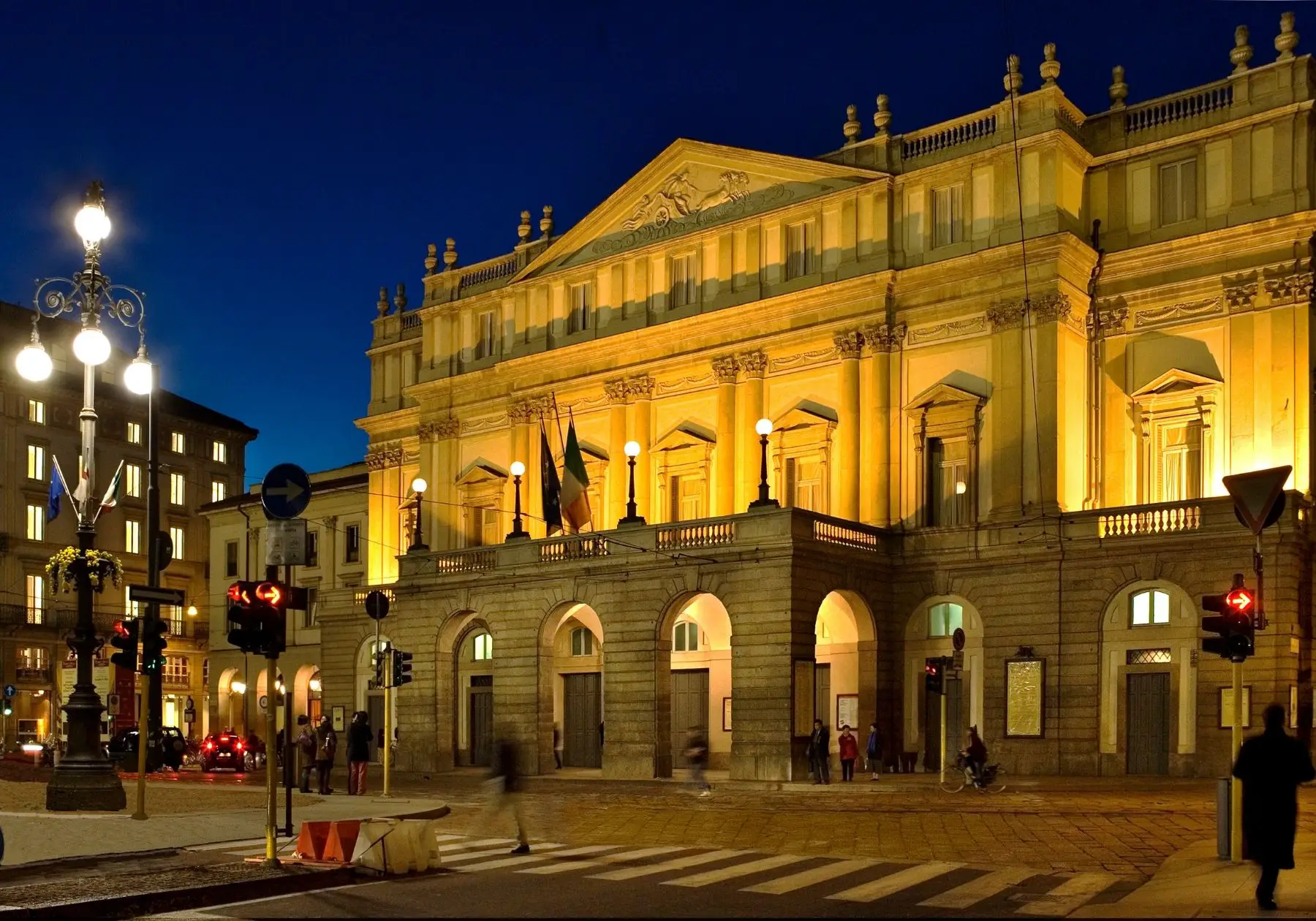
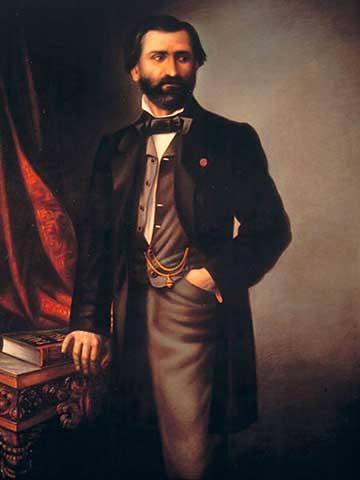
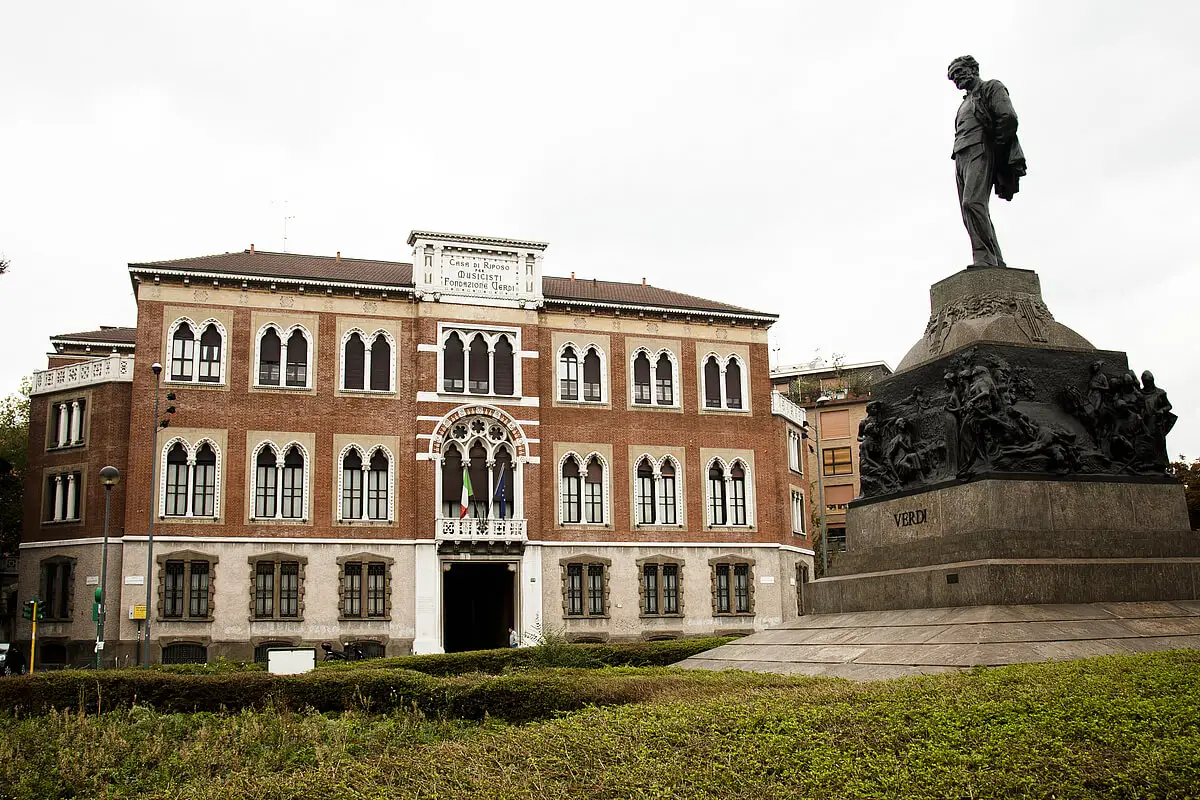
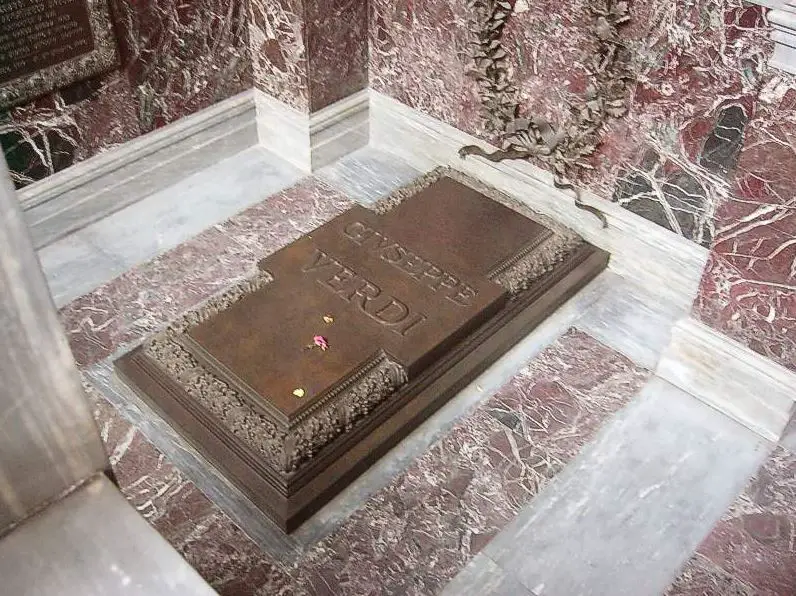
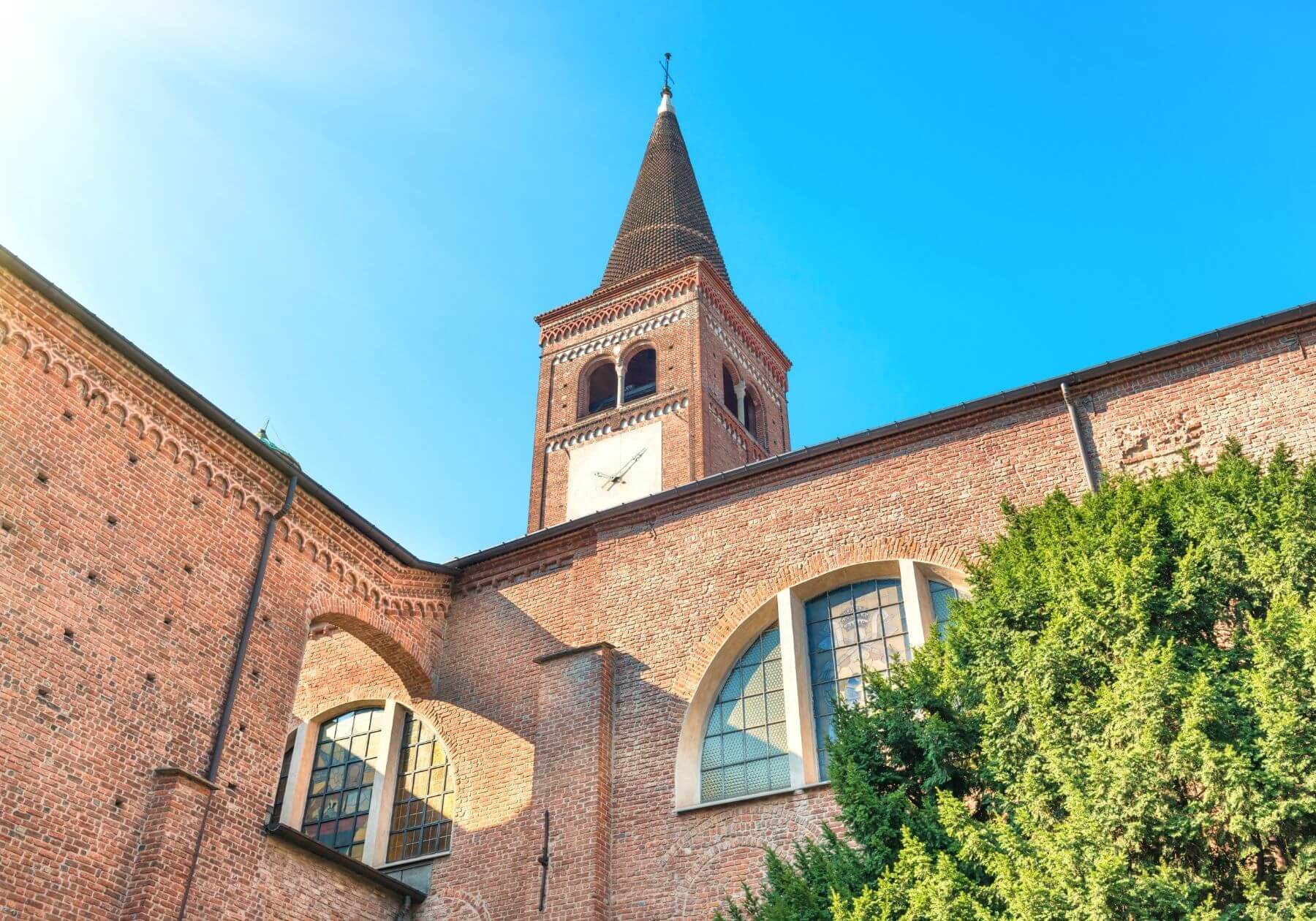
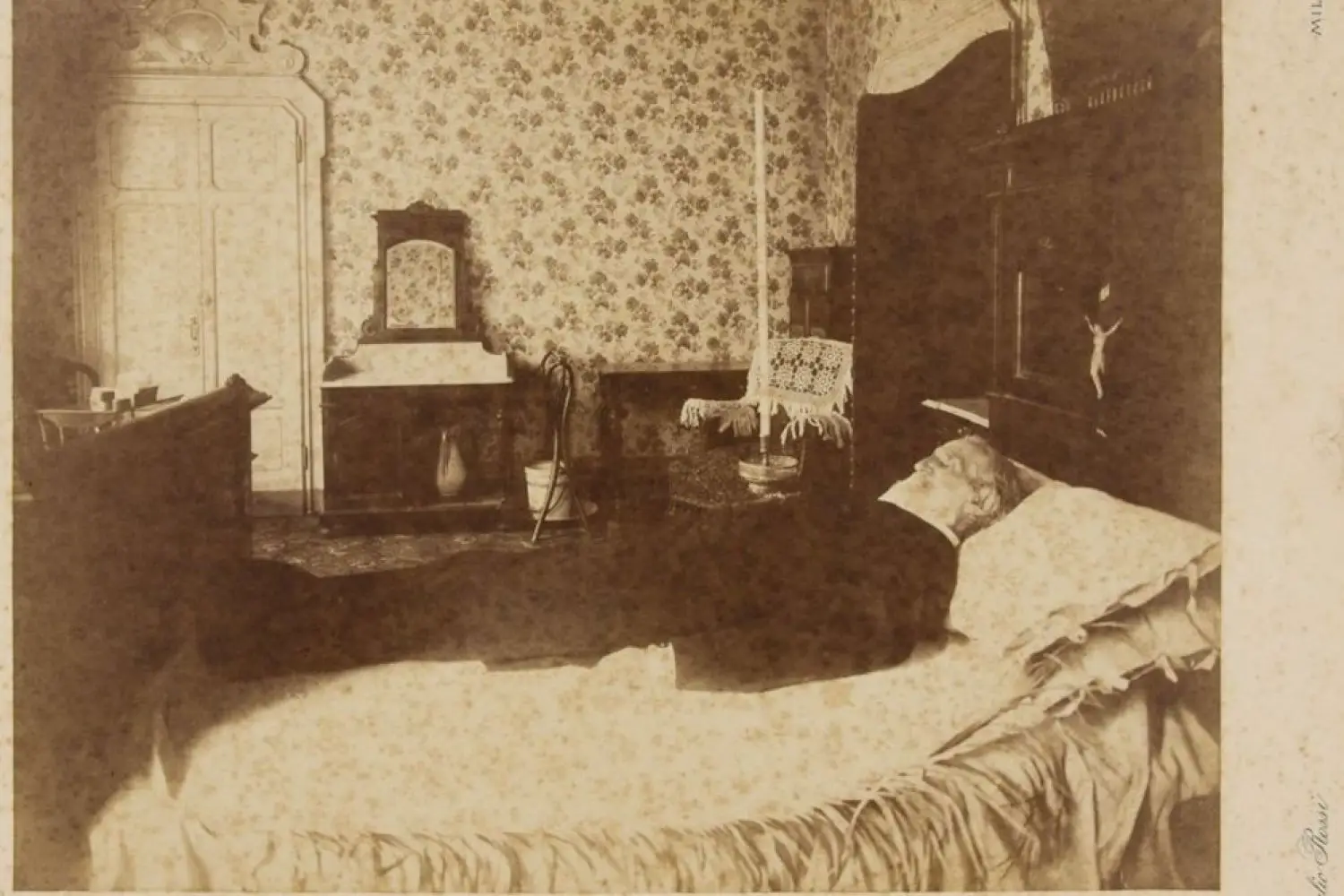
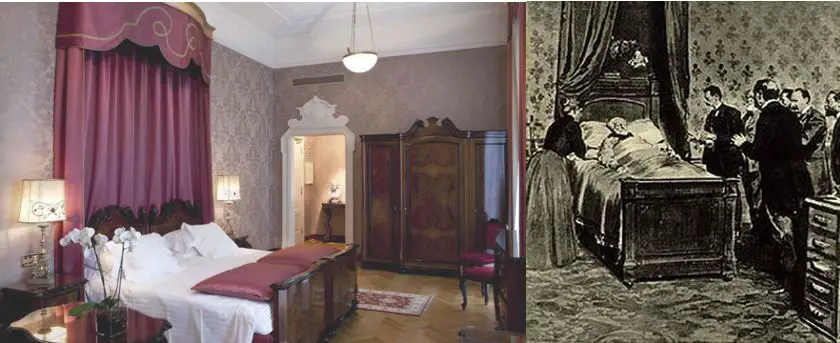
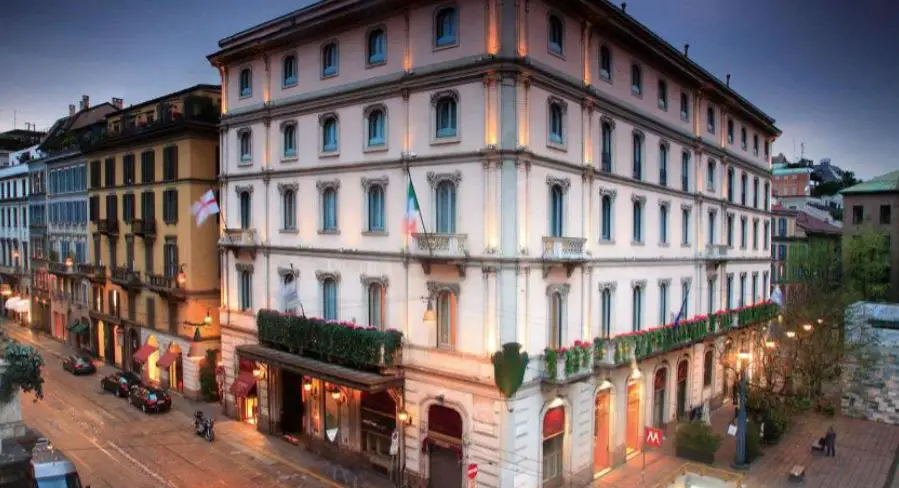


Leave a Reply
Want to join the discussion?Feel free to contribute!